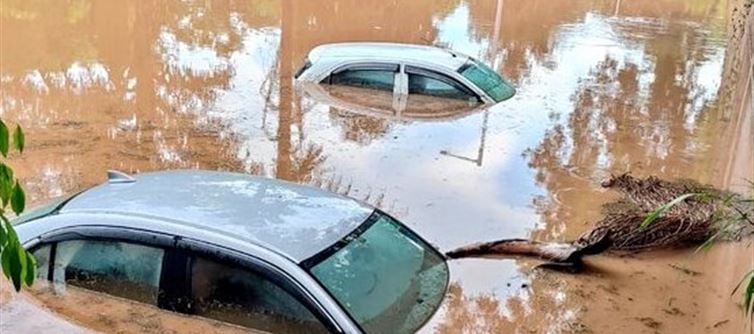
The answer, of course, is no secret. Citizens have long suspected what successive governments refuse to admit—public funds are routinely diverted into corruption, bribes, and populist freebies designed to win short-term votes rather than build lasting infrastructure. Development is always on the agenda, but it comes last—often rushed, half-baked, and messy. Drainage systems collapse at the first downpour, roads disintegrate within months of repair, and urban planning is reduced to band-aid solutions. The taxpayer, meanwhile, continues to bleed, paying world-class taxes for third-world facilities.
This is not merely inefficiency—it is betrayal. A democracy cannot thrive when those who fuel the economy with their taxes are left to wade through filth, quite literally. The problem is not a lack of money; India’s taxpayers are paying more than enough. The problem is accountability and political will. Until corruption is curbed, until transparency is enforced in how funds are allocated, and until development stops being a political slogan and starts being a lived reality, the cycle will continue. The middle class will keep paying, governments will keep wasting, and the monsoon will keep exposing the rot beneath our so-called development story.




 click and follow Indiaherald WhatsApp channel
click and follow Indiaherald WhatsApp channel